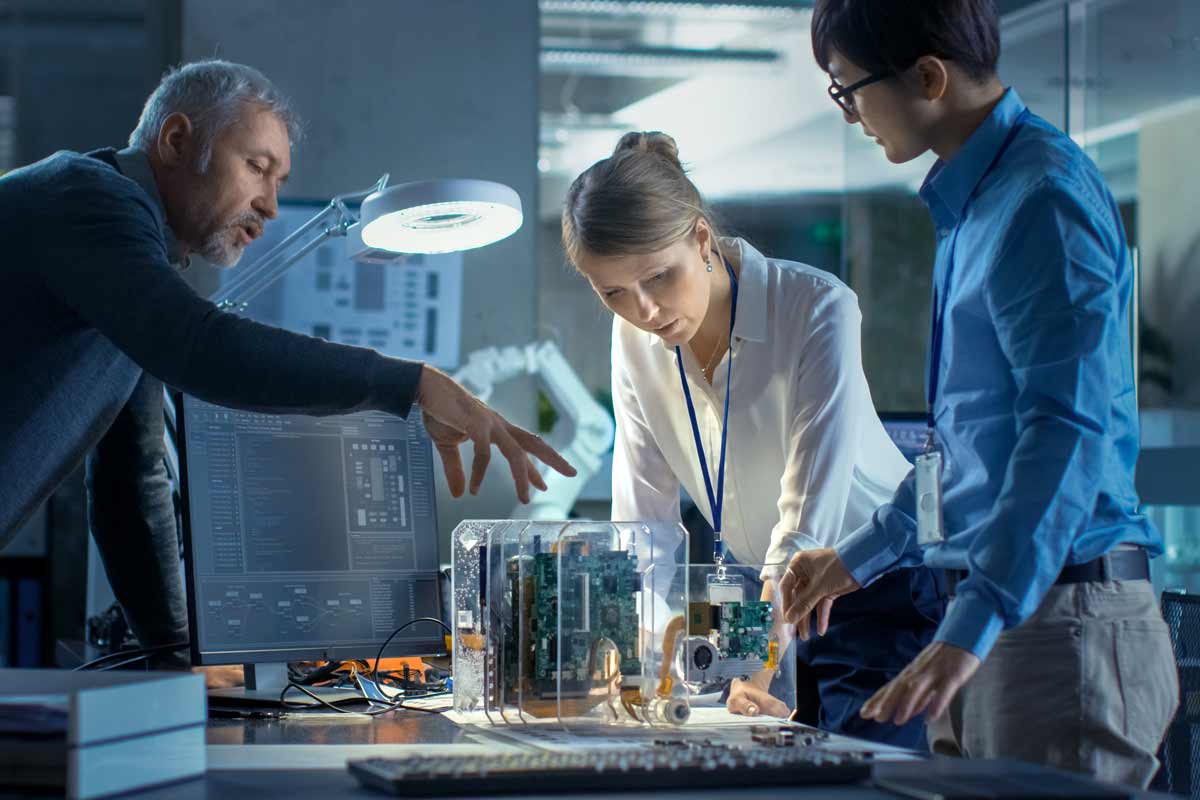What is the Fourth Industrial Revolution (4IR)?
The Fourth Industrial Revolution goes beyond computing automation – think Artificial Intelligence, Robotics, the Internet of Things, Big Data analysis, and 3D printing. Are these things your company has looked into? Maybe you’ve already expanded in this direction. Have you considered the benefits of the R&D credit? The R&D credit is a dollar-for-dollar tax savings on your Federal income tax return. Wisconsin has an R&D credit as well!
What does 4IR have to do with the R&D credit?
From a business perspective, the advancements of 4IR have made way for innovation in efficiency, productivity, and cost savings. If your business is implementing this type of technology, there is a likely a team that has been assigned to this task. They are making plans, testing, working on something new to your company, and they are uncertain if it will work. This trial and error process is labor-intensive. Your team is spending hours upon hours to achieve their goals. This is research and development. Below, we illustrate how the IRS looks at these activities and time spent.
How does the credit work?
The activities need to meet the 4-part test to be considered qualified research:
Elimination of uncertainty
The activity that demonstrates you’ve attempted to eliminate uncertainty about the development or improvement of a product or process related to design, technique, formulas, etc.
Process of experimentation
You must demonstrate – through modeling, prototyping, simulation, trial and error or other methods — that you’ve evaluated alternatives for achieving the desired result. This is the process used to eliminate uncertainty.
Technological in nature
The process of experimentation must rely on the hard sciences – engineering, physics, chemistry, biology, computer science.
New or improved business component
The purpose of the research must be to create a new or improved product or process, resulting in increased performance, cost efficiency, function, reliability or quality.
The types of expenses that qualify for the R&D credit include the following:
Wages
Employees who conduct, directly supervise, or support the qualified research activities. The work must be performed in the United States to qualify.
Supplies
Non-depreciable tangible property acquired by the taxpayer that is used in the performance of qualified services. In general, supply costs should be low compared to the total qualified research expenses.
Contract Research Expenses
65% of any expense paid or incurred to a third party for the performance of qualified research on behalf of the taxpayer. The work must be performed in the United States to qualify.
Did you know that these activities and projects may be considered qualified research?
- Programming software source code for robots
- Testing robot and human collaboration
- Designing, developing, and testing product prototypes
- Data modeling
- Performing CAD modeling
- Developing or testing warehouse automation
- Creating technology to manage and automate complex business models and structures
- Optimizing manufacturing processes
- Examining sufficiency of a new or improved design
If your business is in the process of working any of these technological advances into your day-to-day, then make sure you consider the R&D credit! Contact a member of the Manufacturing & Supply Chain team today to learn more about how much credit your company qualifies for! Our professionals can help you navigate any or all of the steps above to make sure you are maximizing your company’s R&D credit benefit.





